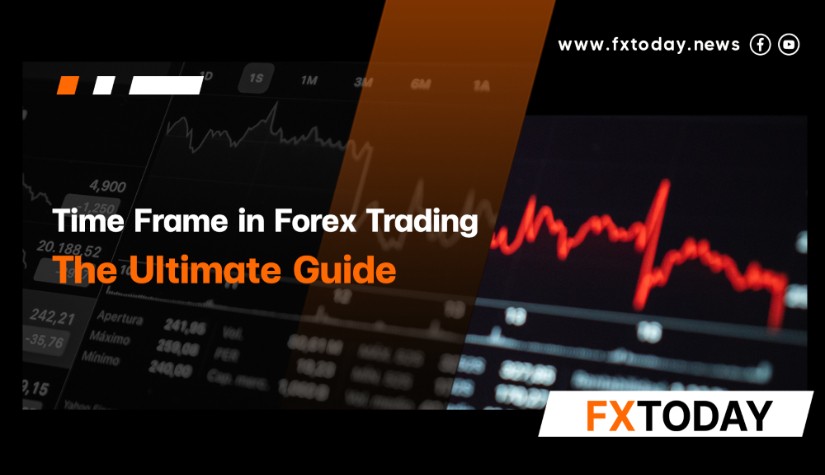Learn Time Frame Definition and Guidlines for the best TF choosing the Forex market is the largest market in the world with the highest trading volume, and it allows for 24-hour trading. Traders often participate in Forex trading to make profits. Therefore, traders need to have a fundamental understanding of Forex trading as it can significantly enhance the efficiency of their trades.
In this article, we will explain what Time Frame is in the Forex market and which Time Frame is recommended for traders to use as a guideline in choosing the appropriate Time Frame for themselves.
What Is Time Frame?
Time Frame (TF) is the timeframe that determines how price data is displayed on a chart, and traders need to choose a Time Frame on their trading platform before analyzing charts or placing orders. For MetaTrader 4 (MT4) platform, it includes 9 Time Frames, such as M1, M5, M15, M30, H1, H4, D1, W1, and MN. As for MetaTrader 5 (MT5), it includes 21 Time Frames, including M1, M2, M10, M15, and H12, among others.
The abbreviations commonly used in trading platforms, derived from English, are as follows:
M stands for Minute
H stands for Hour
D stands for Day
W stands for Week
MN stands for Month
An Example of Time Frame Used
When a trader chooses to use candlestick charts and selects a Time Frame of M15, each candlestick displayed on the chart represents a 15-minute time frame. This means that each individual candlestick represents a 15-minute period, and when the candlestick chart closes, a new candlestick will form for the next 15-minute period. Therefore, selecting the appropriate Time Frame is crucial for forex traders as it is considered a trading strategy.
Which Time Frame Is Suitable for Forex Trading?
In forex trading, traders should be aware of their own trading style in order to choose the appropriate Time Frame that suits them. Time Frames can be categorized into 3 types, as follows:
1. M1/M5/M15 are suitable for scalping traders or profit hunters who trade in short timeframes ranging from 1 minute to not exceeding 20 minutes. Trading in these short timeframes allows traders to use larger lot sizes than usual in order to profit from small movements in the market.
2. M30/H1/H4 are suitable for day traders or profit hunters who trade in short timeframes, typically ranging from 1 hour to the end of the day. Trading in these timeframes allows traders to use smaller lot sizes compared to scalping, as the market movements can be anticipated with a higher degree of certainty and do not require extremely large lot sizes.
3. D/W/MN are suitable for swing traders, which is different from scalpers and day traders as it involves longer-term profit taking. The holding period for orders in these timeframes is typically longer than 1 day, and can be as long as 1 year. This type of trading requires more capital compared to scalping and day trading, as it aims to mitigate the volatility of prices over a wider range.
The types of timeframes presented are simply options to illustrate which trading style is commonly associated with each timeframe. However, the choice of timeframe to use depends on the trading characteristics of each individual trader.
Conclusion
Time frame is a critical aspect of forex trading, and traders need to be knowledgeable about various techniques and strategies to adapt them to their own needs. Choosing the right timeframe is also essential to ensure efficient trading adjustments.
______________________________
Maximize your knowledge: Blog
Keep up to date on global events: News
Updated
1 year ago
(May 10, 2023 15:49)
